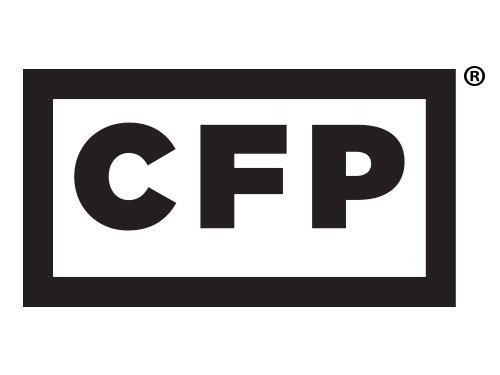The expression “can’t see the forest for the trees” describes someone who is too involved in the details of a problem to look at the situation as a whole.
I often talk to individual investors who are overly focused on specific funds in their portfolio or specific accounts without first taking stock of their bigger picture.
The big picture when it comes to investing is your overall mix of stocks, bonds, and cash across all of your accounts. This ratio is what’s known as your Asset Allocation. You’ll often hear numbers thrown around such as a 50%/50% portfolio or a 60%/40% portfolio and what they mean is the percent of stocks and bonds that comprise a portfolio. This asset allocation ratio is the most important decision you make when it comes to investing as it drives your return and your risk. Without risk, there is no reward! But the big question is, how much risk are you currently taking? And how much risk do you want/need to be taking to achieve your goals?
Most people get to mid-life or later having accumulated multiple investment accounts such as IRAs, taxable brokerage accounts, 401Ks, and 403Bs which makes it a lot harder to know where you stand in terms of your overall asset allocation across all of your accounts.
Instead of focusing on specific fund holdings, you first need to take stock of the big picture and be clear on your ratio of stocks, bonds and cash across all of your accounts. Once you know that, then you can focus on the sub-asset classes such as having the right diversification in terms of small-, mid-, and large-cap equity exposure as well as international equity exposure and/or commodities and real estate. Lastly, you can focus on the individual fund holdings within each of these categories to make sure you are utilizing low-cost, broadly diversified mutual funds or ETFs.
Ideally you want to approach your asset allocation decision, one of the most important decisions you make when it comes to financial planning, with the goal of being able to withstand political or economic shocks similar to the Great Recession from 2007-2009 or the Corona virus crash (a.k.a. the “Coronacrash") in March 2020. The work I do with clients is informed by the client’s specific risk tolerance and with these types of shocks in mind so that clients can weather them without panicking and making bad market timing decisions in the heat of the moment. The goal is to set you up in advance to weather these storms, knowing that they will eventually come, so that you won’t make rash moves and react out of fear.
Once you know your target asset allocation, you can periodically rebalance back to it. Rebalancing is the process of paring back the winners and using the proceeds to rebalance the portfolio back to your target allocation in order to keep risk in check.
Your target asset allocation may change over time as you get closer to retirement or even during your retirement. This is sometimes referred to as a “glide path” as investors begin to gradually shift into bonds and take less risk as they approach their retirement date. This evolution is natural but the most important thing is to be clear on what your target is so that you don’t find yourself taking more risk than you meant to during times of crisis. That is what causes people to panic and sell stocks at the bottom of the market.
Working with a financial planner can help you to think through your risk tolerance and asset allocation decision in advance of market turmoil so that you’ll have confidence in your long-term plan and not be tempted to make rash decisions during the inevitable market stumbles.
Investing involves substantial risk and has the potential for partial or complete loss of funds invested. Investments mentioned may not be suitable for all investors. Before investing in any investment product, potential investors should consult their financial advisor, tax advisor, accountant, or attorney with regard to their specific situation.





